True Permaculture-Episode 3: Companion Planting
Hey there Steemians!!
My name is Cory Bradley, AKA @open3ye and my goal is to open your eye to a whole world of flourishing regenerative abundance!
This is:
True Permaculture - Episode 3
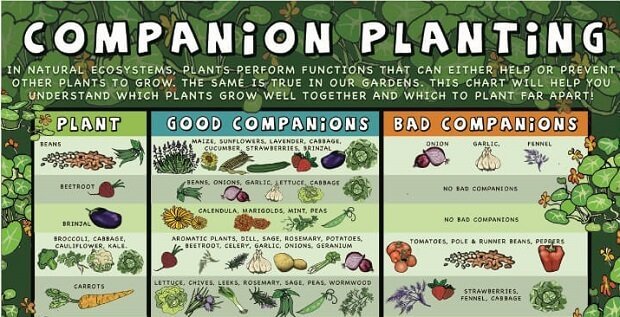
Companion planting is a term that is somewhat controversial because there is a lot of misinformation and misrepresentation of what it really is and much of the information out there has no scientific backing and refers to plants as benefiting from the energy of another plant, I.e. Carrots Love Tomatoes.
The Myth
Anthropomorphism – assigning human characteristics to other species - allows people to feel more connected to the rest of the living world. Who hasn’t bestowed their pet with humanizing characteristics? It is in this context that the notion of “companion plants” first evolved many centuries ago. Historically, plants were associated with the four elements (earth, air, fire and water) and/or signs of the zodiac. One of the outcomes of this categorization was the agricultural practice of planting together those species that “love” each other (an anthropomorphism reflected in the titles of at least two popular books on companion plants). The phrase “companion plant” has since entered the vernacular of both science and pseudoscience, so that its intended meaning is unclear. Is the concept of companion planting a legitimate horticultural practice?
The Reality
Plants, being immobile, must either adapt to their environment or alter it to survive. The alterations are often physical or chemical in nature. The mere presence of a single plant will modify environmental variables including temperature, soil moisture content, soil pH, solar radiation availability (both in terms quantity and quality of light), and nutrient availability. These changes can affect the ability of other plants to survive; those that have a narrow range of tolerance for environmental change will be less adapted to their new environment and may die out. Other species that can tolerate or even require the changes can become established in their stead. Thus, a landscape will pass through successional changes, as the interactions among the living components continue to modify environmental factors. Some of these interactions are positive for associated species, and others are negative. Changes that affect multiple species in positive ways can often develop into mutually beneficial associations among those species.
- Linda Chalker-Scott, Ph.D - The Myth of Companion Plantings
"When the science gets lost in the supernatural, then it’s time for academicians and professionals to consider using different terminology". - Linda Chalker-Scott, Ph.D
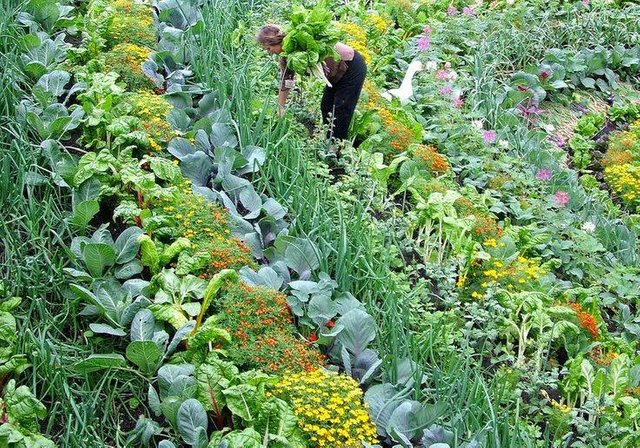
"Companion Planting" or more scientifically known as interplanting, polyculture, plant associations, or plant guilds, is a real practice and can be very useful and beneficial but you must distinguish fact from fiction before you rely on most readily available information, with that said there has been corroborated information across the globe for centuries about companion planting and specific groupings of plants which are called guillds
I Practice "Companion Planting" but I much prefer to call it polyculture because not only is it easier to say but it has real credibility as a "legitimate agricultural practice".
Now that we have that all cleared up lets get to the basics!
Companion planting dates back thousands of years. It cant really be said for sure when or where it originated, but it is known that the Mesoamerican peoples brought the 3 sisters guild(Corn, Beans, & Squash)up north along the river valleys over generations of time to be traded and shared with the Mandan and Iroquois nations.
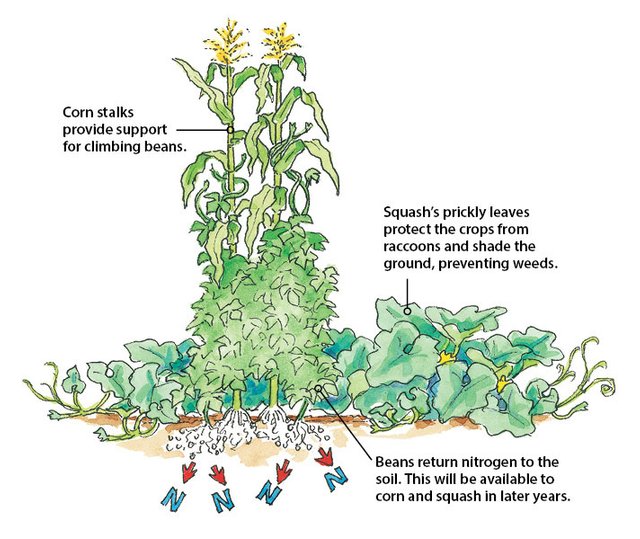
The Three Sisters crops were responsible for the surplus food that created an expanded population throughout the extended Mississippi River valley and tributaries, creating the Mississippian and Mvskoke cultures that flourished from ca. 800 ce to ca. 1600.


The largest native American city north of the Rio Grande called Cahokia was the result of the 3 sisters guild, more food supports more people.
Companion planting has many benefits from increasing the available nutrients in the soil for the next crop, providing specific environmental advantages, or even increasing the flavor of other foods.
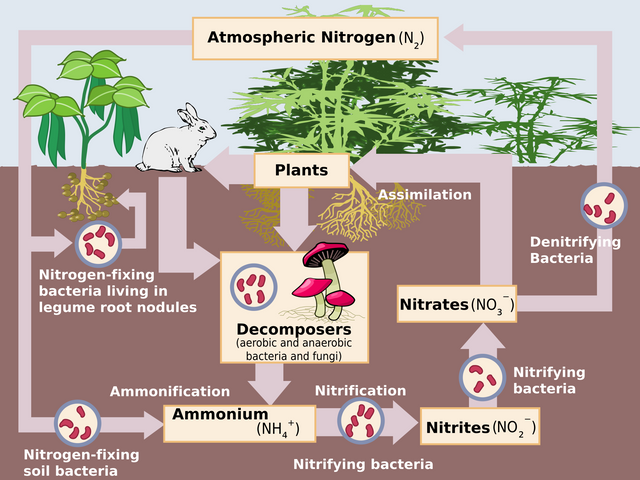
There are 3 basic types of symbiotic relationships.
- Mutualism: both partners benefit.
- Commensalism: only one species benefits while the other is neither helped nor harmed.
- Parasitism: One organism (the parasite) gains, while the other (the host) suffers.
Then of course there are plants that are unaffected by the presence of the other and are considered neutral plants.
Below you will find a short list of common plants and their reflective attributes as well as a few useful charts.
- Asparagus – A good method for planting is in a long row at one side of the garden. After harvest, plant tomatoes on either side, and both plants reap benefits from each other. Parsley planted with asparagus seems to provide vigor to both.
- Beans – Generally, beans thrive when interplanted with carrots, cauliflower and beets. They also aid cucumbers and cabbage. A Summer Savory companion improves growth and flavor as well as repelling bean beetles. As a bonus, cook both together for a great flavor. Beans don’t like members of the onion family and they also dislike being planted near gladiolas.
- Beets – Beets grow well near bush beans, onions, and kohlrabi, but dislike pole beans. In addition, lettuce and brassicas are good companions.
- Cabbage – Cole crops such as cabbage, kale, kohlrabi, broccoli, and Brussels sprouts as well as collards,rutabagas and turnips. They do well when planted with aromatic plants such as dill, celery, chamomile, sage,peppermint, and rosemary. Do not plant with tomatoes, pole beans or strawberry.
- Carrots – Onions, leeks and herbs such as rosemary, wormwood, and sage act as repellents to the carrot fly.
- Corn – Sweet corn does well with potatoes, peas, beans, cucumbers, pumpkin, and squash. Melons, squash,pumpkin and cukes like the shade provided by corn.
- Cucumbers – Cukes seem to be offensive to raccoons, so it’s good to plant them near your corn. Thin strips of cucumbers also repel ants. Sow 2 or 3 radish seeds in cucumber hills to repel cucumber beetles. Don’t pull the radishes even if they go to seed. Cukes and potatoes are antagonistic. Cukes do not grow well with aromatic herbs.
- Lettuce – Lettuce grows well with strawberries, cucumbers and carrots. Radishes grown with lettuce are especially good.
- Onion – Onions and all members of the cabbage family get along well together. They also like beets, strawberries, tomatoes, lettuce, summer savory and a sparse planting of chamomile. They do not like peas and beans. Ornamental relatives of the onion are helpful as protective companions for roses. Since onion maggots travel from plant to plant when set in a row, scatter your onion plants throughout the garden.
- Sweet Pepper – Basil and sweet peppers have similar general requirements. They work well when planted together.
- Squash – As with cucumbers, 2 or 3 icicle radishes planted in each hill help prevent insects on squash. Again, let them grow and go to seed. Nasturtiums repel squash bugs. Also, squash planted either earlier or later than usual will often remain insect free.
- Tomato – Tomatoes and all Cole crops should be kept apart. Tomatoes also dislike potatoes and fennel. Tomatoes are compatible with chives, onion, parsley, marigold, nasturtium and carrot. Garlic planted between tomato plants protects them from red spider mites. Tomatoes protect roses against blackspot. A spray for roses: make a solution of tomato leaves in your blender by adding 4 or 5 parts of water and 1 tablespoon of cornstarch. Strain and spray on roses where it is not convenient to plant tomatoes as companions.
Source: Companion Planting - Cornell Cooperative Extension of Chemung
And that concludes this weeks episode of:
True Permaculture!
Feel free to share this and follow me if you found this to be valuable information.
Aho Mitakuye Oyasin, May the abundance be with you, and may you truly live your bliss!
Ill see you next time!!
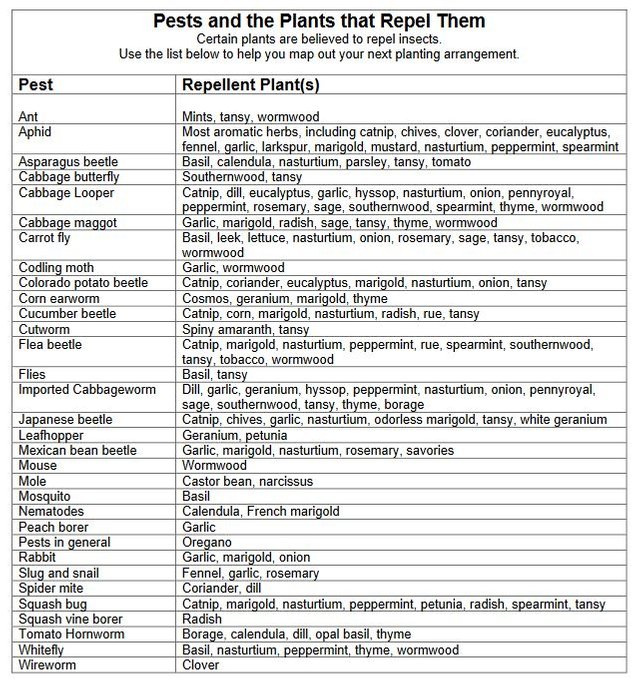
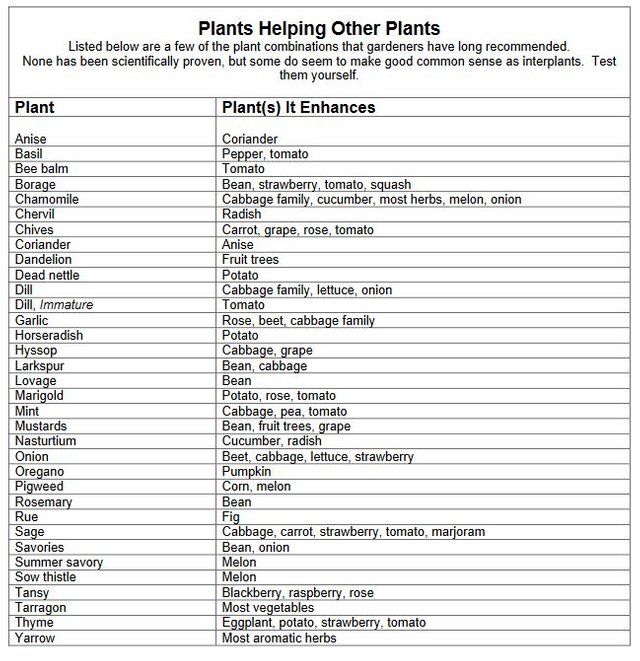
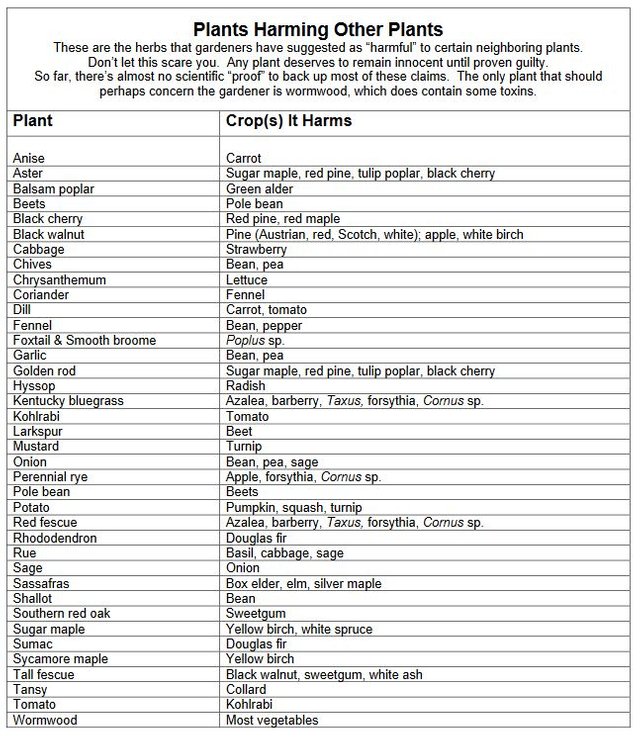
really nice post! some great information here!
Thank you, i really appreciate that.
Posted using Partiko Android
So much important permaculture information online - thank you for sharing. Is all the information in your post from the Cornell source? Would be nice if you could list the websites etc so people can follow up online and learn more - cos there is SO MUCH to learn and consider!! Much appreciation for flying the permaculture flag!
Leading the curation trail for both @ecotrain & @eco-alex.
Together We’re Making This World A Better Place.
Click Here To Join the manually curated trail "@artemislives" to support quality eco-green content.
@ecoTrain
Hey thanks, no my information comes from all over but the information such as the crops and their companions and the charts all came from cornell.
I'll remember to include more sources to provide people next time, thanks for the tip!
Congratulations @open3ye! You have completed the following achievement on the Steem blockchain and have been rewarded with new badge(s) :
You can view your badges on your Steem Board and compare to others on the Steem Ranking
If you no longer want to receive notifications, reply to this comment with the word
STOPTo support your work, I also upvoted your post!
Vote for @Steemitboard as a witness to get one more award and increased upvotes!
The CooperFelix-Multiservices Team appreciates the content of this post by giving it a 30% upvote. We invite users to participate in the Project by offering a small donation on Fundition or following the project at the link: THE CF-M PROJECT.
Wellness Is Green
The image is owned by the author and the use, reproduction or quotation without authorization is forbidden